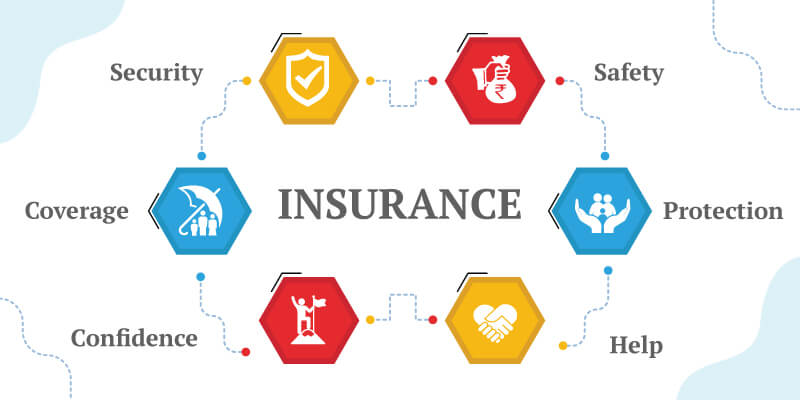Content Attributes
The possibilities of unpleasant and disastrous incidents such as theft and robbery make it imperative for Financial Services firm to tighten their physical safety. This is essential not only to protect the money and other valuable materials within them but also to protect the interest of their customers and brand identity.
Today, there are bulletproof banks and biometric financial agencies to help curtail theft and robbery. While these measures are great, there are still several things financial companies can do to strengthen physical safety.
What Are Financial Services Firms?
Financial service firms are businesses or companies that hold, manage, invest, or exchange money on behalf of their customers. These firms include banks, insurance companies, asset management firms, investment banks, and credit card companies.
Each offers different financial services to the public. Beyond individual client servicing, the activities of financial services firms contribute to economic growth. Due to the global financial crisis, financial service companies provide more than intermediary services.
What Is Physical Safety/Security?
Physical safety/security of financial service firms refers to protecting the facilities, equipment, and physical structures of a firm from theft, accident, and vandalism. It also involves safeguarding personnel, software, hardware components, and records from physical harm.
Though these facilities are usually covered by insurance, protecting them from damage is cost-effective. An effective physical security system adopts the best technology to create an integrated security system that prevents attacks before they happen, thereby saving you money and resources.
How Banks And Financial Institutions Strengthen Physical Safety
Banks and other financial institutions can strengthen their physical safety through the following measures:
Establishing Effective Access Control
Financial services firms can establish effective control over physical access in and out of their facilities. This enhances safety and security by preventing unwanted and unauthorized personnel from accessing secure places.
Moreso, access control strategies provide some accountability because there will be a record of who gains access to various facilities within the firm and for how long. Besides, security personnel saddled with the responsibility of granting access can be held responsible in the case of such security breaches.
Installing Video Surveillance
Video surveillance tools help firms record the activities in and around the firm. Through these devices, officials and authorities can determine the events that played out in the firm long after they happened by reviewing surveillance footage. This footage helps identify suspects and enhances the overall security system.
Looking to maximize this measure, financial firms should get smart surveillance tools and have them installed in critical areas. That way, they can prevent loss due to physical insecurity and view the various perimeters of the facility remotely.
Integrate Biometric Authentication
A biometric security system involves using biometric security software such as 2D fingerprint sensors, multispectral sensors, and optical sensors to identify breaches. When it comes to physical security and access control, the most currently used biometric technology is fingerprint.
Biometric security systems are harder to clone or steal than an access card, making it a more reliable safety strategy. They can be used as a multi-layer authentication system to verify workers’ identity claims and improve physical security.
Employ Converged Security System
A converged security system merges physical and technological security to establish an effective strategy. This system adopts a unified identity management system that identifies employees before granting them access. Thanks to its hybridization, it can work both online and offline.
To maximize this measure, financial services firms must ensure they adopt both physical and IT-based security systems right from the entry-level of their security system to the topmost level. There should be a collaboration between security personnel and IT personnel to achieve physical and cyber-based security.
Establishing Quick Intrusion Detection Measures
For safety to be achieved promptly, intrusions must be quickly detected. It’s better to address security threats from the early stages than remedy them when they’re full-blown.
An intrusion detection system monitors the network for violations and malicious activities. Any threat detected is centrally reported through a security and event management system. If traditional technologies fail, an intrusion detection system can act as an adaptable safety measure.
Thus, banks and financial institutions can further strengthen their physical safety by ensuring active intrusion detection systems are put in place. This can be through a document verification process or a device-based one. That way, they can report security threats long before they get out of hand.
Conclusion
Financial services firms require a high level of security to protect their customers’ investments and corporate identity. A weak physical safety system makes financial institutions susceptible to security breaches. By adopting the measures highlighted in this article, they can have a tightened and more effective physical security system.



